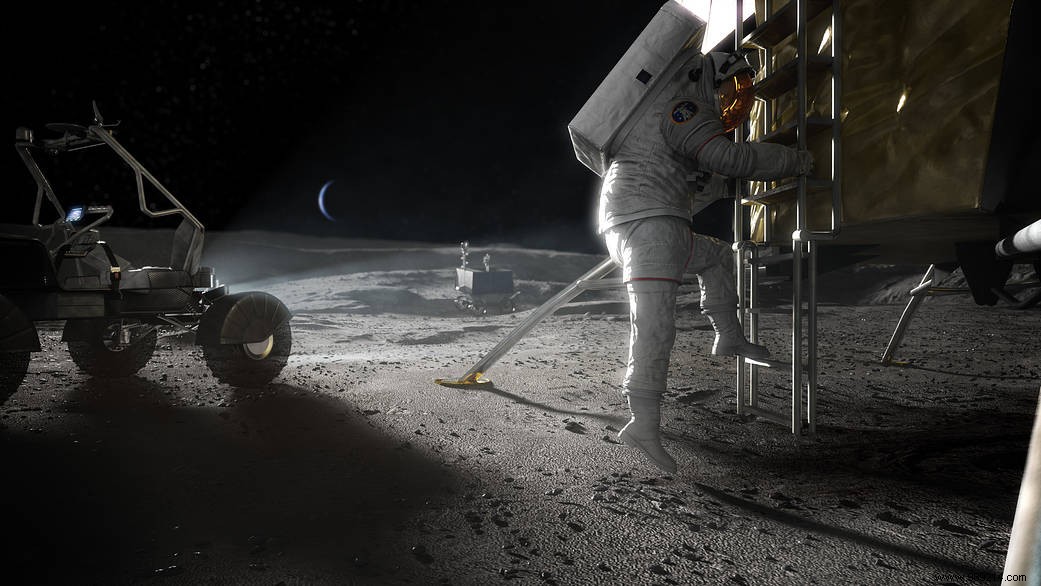A study of several astronauts suggests that the human body can destroy more than 50% more red blood cells during long stays in space. These anemia problems are not yet fully understood. However, understanding this phenomenon will be vital in the context of human exploration of space.
We are the product of millions of years of earth evolution. Thus, it is not surprising to find that extended stays in space, which offer a very different environment, put our bodies to the test. Understanding these challenges remains essential if we want to establish ourselves permanently on the Moon or on Mars.
Vestibular dysfunction, weight loss, upward displacement of fluids, cardiovascular deconditioning, muscle atrophy or even bone loss, the list of known disorders is very long today. New research adds to concerns, highlighting how space travel can also cause low red blood cell count .
Until now, space anemia was simply thought of as a rapid adaptation to the fluids moving through an astronaut's upper body when first arriving in space . Red blood cell control was also thought to return to normal after about ten days in space. In reality, it's a bit more complicated.
In this study published in Nature Medicine, University of Ottawa researchers measured carbon monoxide levels in breath samples from fourteen astronauts who had spent six months aboard the ISS using a high-resolution gas chromatograph.
A molecule of carbon monoxide is indeed very often produced each time a molecule of heme, the dark red pigment of red blood cells, is destroyed. This is not a perfect connection, as other processes can also cause carbon monoxide to be produced. However, the researchers point out that about 85% of the carbon monoxide produced by a human comes from hemolysis .
On Earth, our bodies create and destroy about two million red blood cells every second. However, the results of this new research suggest that their body can destroy more than 54% more red blood cells in a microgravity environment . These findings were otherwise the same for women and men.
“Space anemia has always been reported when astronauts have returned to Earth since the first space missions, but we didn't know why “, says Guy Trudel, rehabilitation physician and researcher at The Ottawa Hospital. "Our study shows that when arriving in space, more red blood cells are destroyed, and this throughout the duration of the astronaut's mission . »

These anemia problems, however, seem to be reversible. Three to four months after their return to Earth, levels of red blood cell destruction were indeed beginning to slowly return to normal. A year later, however, the destruction of red blood cells was still 30% higher in astronauts .
Aboard the station, no adverse effects were otherwise recorded, since the body is weightless. This lack of red blood cells, on the other hand, could be a problem when landing on the Moon or on other planets. Anemia affects our energy, stamina and strength, which could threaten the objectives of these missions .
The fact that long stays in space kill an excessive amount of red blood cells also raises several questions. For example, it is still unknown precisely why being in space causes the human body to destroy blood cells at a faster rate. There are, however, a few potential "culprits". We know that hemolysis can occur in four different parts of the body:bone marrow, blood vessels, liver and spleen. The researchers suspect that the bone marrow or spleen could be the most likely problem areas. This hypothesis will be the subject of a future study. Moreover, it is still unknown how long the human body can sustain this high rate of destruction and production of red blood cells.